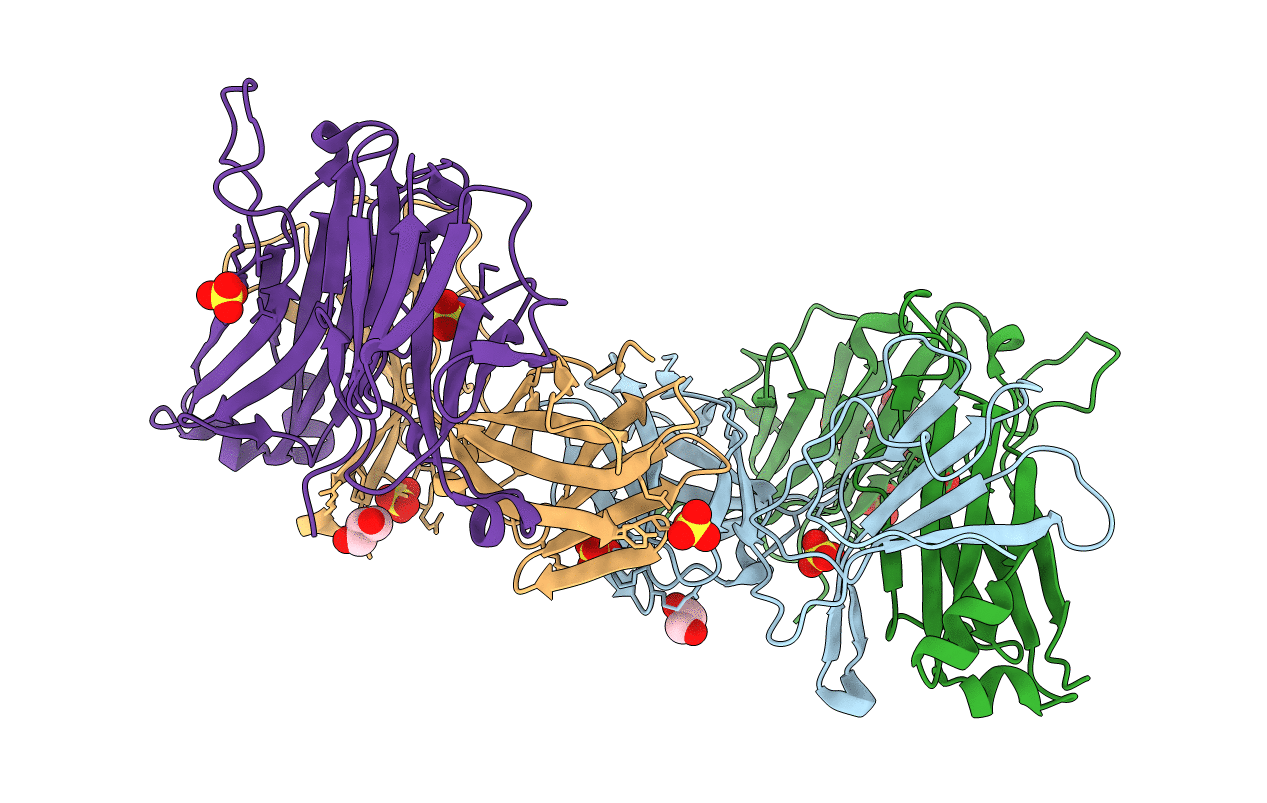
Deposition Date
2011-11-26
Release Date
2012-01-25
Last Version Date
2024-11-27
Method Details:
Experimental Method:
Resolution:
2.57 Å
R-Value Free:
0.29
R-Value Work:
0.22
R-Value Observed:
0.23
Space Group:
C 1 2 1


